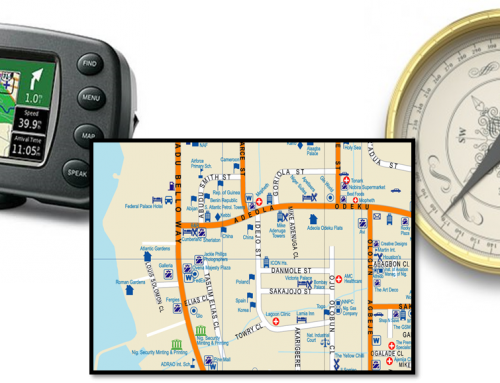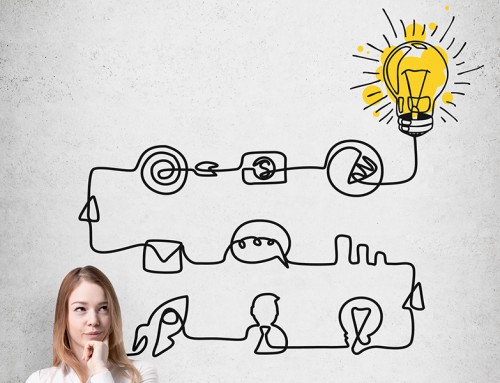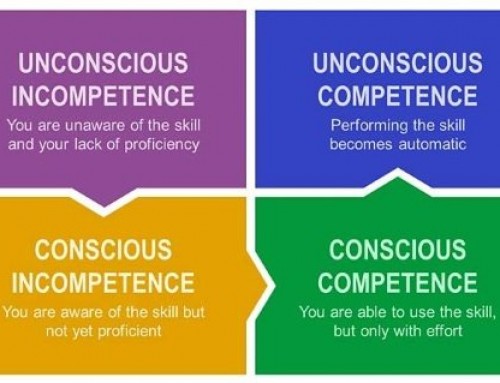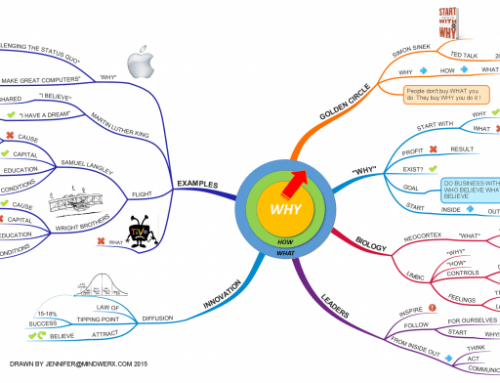Process and Drivers for Public Service Innovation
 In this second blog on Australia & Queensland Public Service Innovation we are looking at what current papers say about the process and drivers for innovation. As we look at different sources we find a common view that says public service innovation is said to occur in five major stages:
In this second blog on Australia & Queensland Public Service Innovation we are looking at what current papers say about the process and drivers for innovation. As we look at different sources we find a common view that says public service innovation is said to occur in five major stages:
- Idea generation and discovery
- Idea selection
- Idea implementation
- Sustaining ideas
- Idea diffusion
This model is continuous and cyclical – the public service innovation life cycle returns to idea generation after ideas are diffused throughout the organisation. Individuals begin by generating and exploring for new ideas, brainstorming in teams, and applying Deliberate Creative Thinking or Lateral Thinking to come up with different ideas. From these new ideas we can then choose the best ideas and place these ideas into action. We need to sustain these ideas for a sufficient period of time in order to see results. Following that, we may choose to share and disseminate these ideas to others.
Does innovation occur spontaneously or only with deliberate intent? Some studies on public service innovation show that innovation can occur by itself with no deliberate intent when the organisation is met with a particular challenge, giving rise to what is termed as problem driven innovation. In this way, what we may perceive to be problems as individuals may actually be opportunities for creativity and innovation in disguise.
Alternatively, public service innovation can come about through a concerted effort from senior management, or through the encouragement of a general culture of public service innovation, or through other environmental drivers such as technology, or external bodies that exert push factors or influence the organisation. The individual aspiring to innovate can make a commitment to thinking creatively, and use new methods in order to reach new targets.
Resource constraints have been observed as both a driver and impediment to public service innovation. While we will take a closer look at barriers to innovation in our next article, it is useful to note at this stage that resource constraints can actually be a positive thing, triggering a motivational force within us to utilise creativity and innovative capacity. An individual, like the public service, has finite resources for which they can direct to any goal. This, of course, includes time as a resource.
By thinking creatively, we can discover more efficient and more creative ways of using the resources we do have in our possession. By understanding the different stages involved in public service innovation, as well as the common drivers, we can learn to apply the principles in our own lives. We don’t have to wait for a specific challenge to come to us; we can begin today through making a deliberate commitment to innovate, and to think creatively about how to improve different aspects of our lives.
In the next blog article, we will examine common barriers to innovation and how to overcome these barriers.






Leave A Comment
You must be logged in to post a comment.